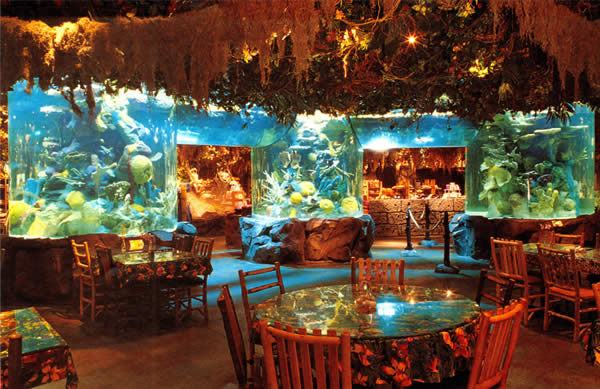



















Aquarium size and volume
The large Georgia Aquarium houses a Whale shark.
An aquarium can range from a small glass bowl containing less than a litre (34 fl.oz.) of water to immense public aquaria which can house entire ecosystems such as kelp forests. Larger aquaria are typically recommended to hobbyists due to their resistance to rapid fluctuations of temperature and pH, allowing for greater system stability.
The large Georgia Aquarium houses a Whale shark.
An aquarium can range from a small glass bowl containing less than a litre (34 fl.oz.) of water to immense public aquaria which can house entire ecosystems such as kelp forests. Larger aquaria are typically recommended to hobbyists due to their resistance to rapid fluctuations of temperature and pH, allowing for greater system stability.

Reef aquaria under 100 litres (20 gal) have a special place in the aquarium hobby; these aquaria, termed nano reefs (when used in reefkeeping), have a small water volume.[citation needed].
Practical limitations, most notably the weight (one litre of fresh water has a mass of 1 kilogram (8.3 lb gal-1), and salt water is even denser) and internal water pressure (requiring thick, strong glass siding) of a large aquarium, keep most home aquaria to a maximum of around 1 cubic metre in volume (1,000 kg or 2,200 lb). Some aquarists, however, have constructed aquaria of up to many thousands of litres.
Practical limitations, most notably the weight (one litre of fresh water has a mass of 1 kilogram (8.3 lb gal-1), and salt water is even denser) and internal water pressure (requiring thick, strong glass siding) of a large aquarium, keep most home aquaria to a maximum of around 1 cubic metre in volume (1,000 kg or 2,200 lb). Some aquarists, however, have constructed aquaria of up to many thousands of litres.

Aquaria within public aquariums designed for exhibition of large species or environments can be dramatically larger than any home aquarium. The Georgia Aquarium, for example, features an individual aquarium of 6,300,000 US gallons (23,800 m3).
A planted freshwater aquarium
From the outdoor ponds and glass jars of antiquity, modern aquaria have evolved into a wide range of specialized systems. Individual aquaria can vary in size from a small bowl large enough for a single small fish, to the huge public aquaria that can simulate entire marine ecosystems.

Another classification is by temperature range. Many aquarists maintain a tropical aquarium as these fish tend to be more colorful.[36] However, the coldwater aquarium is also popular, which may include fish such as goldfish.
A saltwater aquarium.


Public aquaria
Tunnel at the world's largest aquarium, Georgia Aquarium, USA.


















